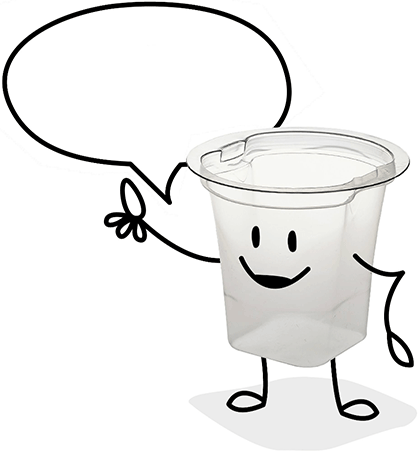How Plastics are made
 Plastics are derived from materials found in nature, such as natural gas, oil, coal, minerals and plants. The very first plastics were made by nature—did you know that rubber from a rubber tree is actually a plastic?
Plastics are derived from materials found in nature, such as natural gas, oil, coal, minerals and plants. The very first plastics were made by nature—did you know that rubber from a rubber tree is actually a plastic?
Interest in making plastics began in the 1800s, to replace scarce materials such as ivory and tortoiseshell. The first synthetic plastics were derived from cellulose, a substance found in plants and trees. Cellulose was heated with chemicals and resulted in a new material that was extremely durable.
The raw materials for today’s plastics come from many places (some even use salt!), but most plastics can be made from the hydrocarbons that are readily available in natural gas, oil and coal.
What are Plastics: the Chemistry
The chemistry of plastics can be complex, but the basics are straightforward. Plastics are simply chains of like molecules linked together. These chains are called polymers. This is why many plastics begin with “poly,” such as polyethylene, polystyrene, and polypropylene. Polymers often are made of carbon and hydrogen and sometimes oxygen, nitrogen, sulphur, chlorine, fluorine, phosphorous, or silicon.
The term “plastics” encompasses all these various polymers.
Although there are many polymers, plastics in general are lightweight with significant degrees of strength. Plastics can be moulded, extruded, cast and blown into seemingly limitless shapes and films or foams or even drawn into fibres for textiles. Many types of coatings, sealants and glues are actually plastics also.
